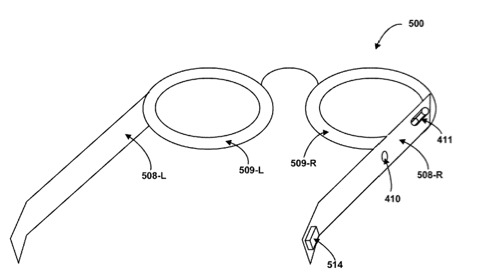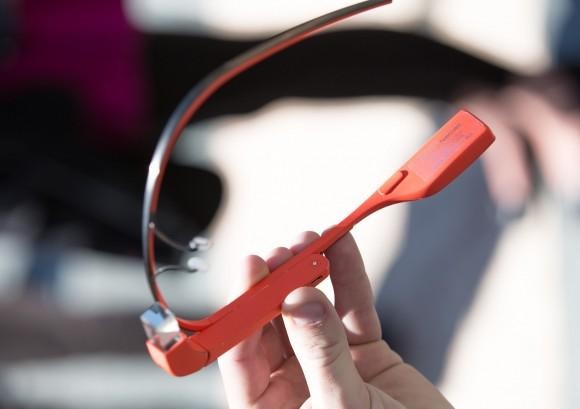Google Glass Bone-Conduction Increasingly Possible With Indirect Audio Patent
Signs that Google is using bone-conduction for private audio from its Project Glass headset continue to mount, with a new patent application from the company describing exactly how the surreptitious system might work. The patent filing, a "Wearable computing device with indirect bone-conduction speaker" uses the same basic Google Glass diagrams as we've seen in other recent wearables patents, but this time details "at least one vibration transducer" the movements of which are passed through the headset and into the wearer's bone structure.
That way, unlike other bone-conduction systems we've seen – such as in Bluetooth headsets – there's no need for a direct point of contact between the conduction speaker itself and the wearer. Instead, since at least the ear-hooks and nose pad will be touching the user, they'll be relied upon to pass through any vibration-based audio.

The advantage of bone-conduction as a technique rather than, say, earphones or a small, traditional speaker, is privacy and convenience. Earpieces block out external sounds, while speakers – even at low volume – can be heard by those nearby; with bone-conduction, only the wearer can hear the audio, and it won't distract even those standing right beside them.
Chatter of such a system being intended for Google Glass began back in December, when insiders claimed the headset funnelled audio directly to the mastoid process. At the time, we speculated that the protruding lozenge of plastic seen near the battery section on the inner surface of Glass in the photo below might be the contact point of the bone-conduction system.

However, judging by Google's patent application, the speaker needn't actually make direct contact at all (though it's possible that, if Glass does indeed use bone-conduction, the prototype shown in the image doesn't have the indirect system installed). Google outlines multiple arrangements for the speaker system, in fact, so there are various ways it couple implement it.
We'll presumably know more when the first developers get to play with Glass Explorer Edition headsets at Google's Glass Foundry events, the developer workshops kicking off in New York at the end of the month.
[via Engadget]
